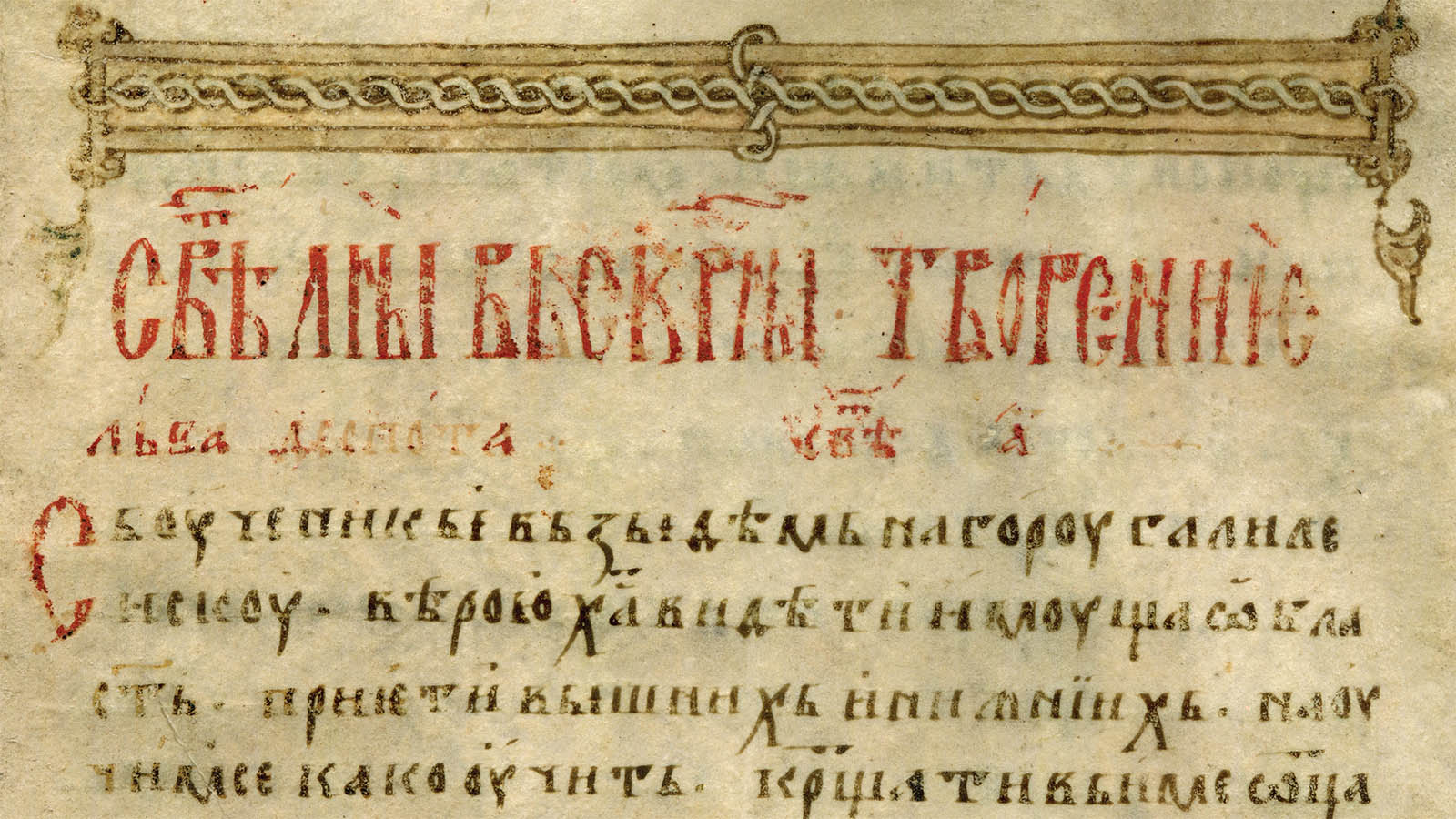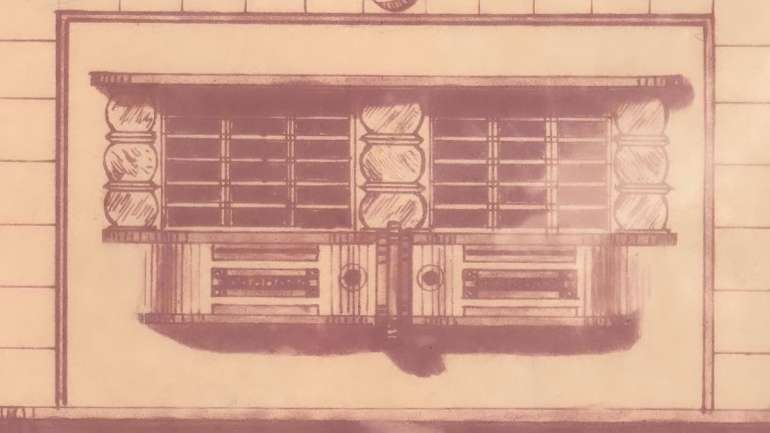At the beginning of April 2021, the National Assembly of the Republic of Serbia passed a Decision declaring 720 copies of old and rare library materials a cultural asset of exceptional importance. Among these items were six manuscripts from the collection of the Regional Museum of Jagodina.
Although old manuscripts belong to the category of old and rare books, in the Regional Museum of Jagodina, this material is kept in two special collections. The Collection of Old and Rare books, formed in 1992 by separation from the fund of the museum’s library, contains 186 items acquired by purchase and gift. Most of it, in which there are unique items, consists of old and rare copies of literature, historiography and textbooks, and smaller part are liturgical books. This material was exhibited on only one occasion, while parts of the sub-collection of the rare book were published on three occasions. Between 2010 and 2014, 47 items from the collection were protected in the Conservation Laboratory of the National Library of Serbia in Belgrade, thanks to the funds of the Ministry of Culture. At the same time, a collection of manuscripts was created. The most valuable part of the collection are manuscript fragments which, Bogoljub Tirić (1854–1928), professor and director of Gymnasium in Niš, brought him to his home in Jagodina after his stay on Athos in 1893. Eleven parchment and two sheets of paper once belonged to the manuscripts of the Kareja Hilandar Library. Since Tirić helped the people of Hilandar in the initial phase of arranging the monastery library, they gave him several leaflets with various ductus and from various liturgical books, to use them as teaching aids in working with students. Thanks to the field work of Anica Jovanović in 1971, a museum advisor and later professor of Serbo-Croatian language at the Jagodina Gymnasium, the Museum received the fragments as a gift from Žermen, the wife of Tirić’s son Momčilo. Those items were published between 1993 and 2001, and thus became known to world Slavic studies and palaeography.
Due to their importance, three parchment bifolios of Menaion for December (Tirić ZMJ 1), written in 1330/40, most probably in Kareja, by the author of the Hilandar Menaion no. 145 and no. 147. On the first and last sheet are records with liturgical instructions, and in the title of the first sheet is a floral flag. The only remaining trace of a large-format manuscript is a fragment of the Pentecostarion (Tirić ZMJ 2), which was created around the middle of the 14th century in Kareja, and parts of the same whole are in Petrograd and the Zograf monastery on Mount Athos. Also, the parchment bifolios Tirić ZMJ 3 belongs to the long-torn Oktoih of the monk Damjan (Hil. 126), most of which is today in Hilandar and smaller in Petrograd, which this gifted Hilandar scribe illuminated in 1350-1360. The paragraph in the header has a flag of geometric and floral motifs. Another parchment double-leaf (Tirić ZMJ 4), of identical format, due to which it may have belonged to the same Oktoih, reveals Damjan’s characteristic ductus, and the other sections were made around 1360 by two other scribes. The fragment Tirić ZMJ 5 is the only remnant of the Hilandar Menaion for January, which dates the ductus and watermark with a hunting horn around 1420. The paper excerpt Tirić ZMJ 6 is especially valuable because it is the last sheet of the Hilandar Lenten Triodion (Hil. 260), from around 1520. on which is the transcriber’s record that the manuscript was written by “dijak” Bogdan on the order of presbyter Đurđ. This scribe is identical to the deacon Boža who in Slankamen, together with the scribe Andrej Rusyn from Syanok, a town in Ukrainian Galicia, copied another books for the same priest Djurdj, Slankamen archpriest. This passage is the most important sheet of that manuscript, the rest of which is in the Hilandar library and, like other excerpts from the Jagodina collection, helps research of an important period in the history of the Serbian manuscript book.





